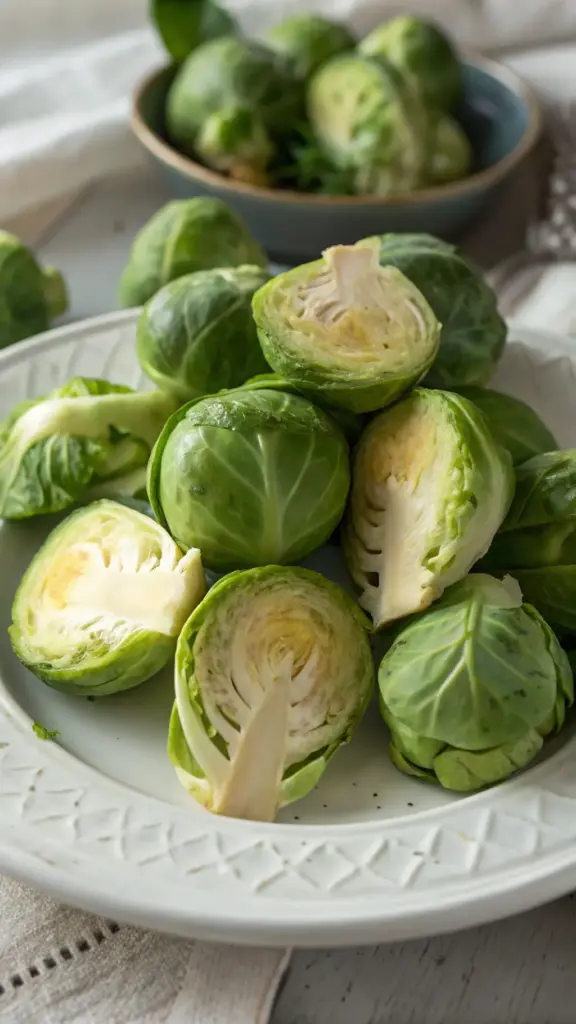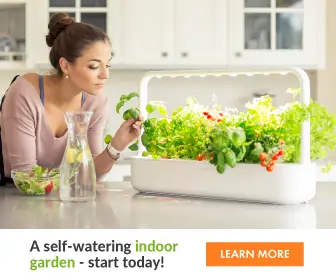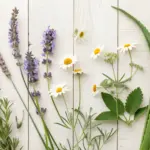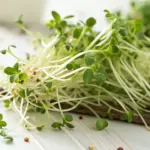Setting Up Your Garden Space for Brussels Sprouts Success

Oh my goodness, you won’t believe how many times I’ve had to relocate my brussels sprouts until I finally got it right! Let me save you from making the same mistakes I did when creating your perfect veggie garden space.
Finding the Perfect Sunny Spot
Brussels sprouts are total sun-lovers! They need 6-8 hours of direct sunlight daily to thrive. I learned this the hard way after trying to grow them in partial shade – let’s just say those plants got super leggy! The ideal location should also have good air circulation to prevent fungal issues, but try to avoid super windy spots that could topple your tall plants.
Soil Preparation – The Secret Sauce
Here’s where the magic happens! Brussels sprouts are what we call heavy feeders, meaning they need rich, well-draining soil to produce those perfect little sprouts. Here’s my tried-and-true soil prep routine:
- Test your soil pH (aim for 6.0-6.5)
- Mix in plenty of organic compost (about 2-3 inches)
- Add some bone meal for phosphorus
- Incorporate aged manure if available
I can’t stress enough how important good soil is – it’s literally the foundation of your garden success!
Spacing – Give Them Room to Grow
Listen up, because this is crucial! I used to plant my brussels sprouts way too close together, and boy, was that a mistake. Here’s the spacing sweet spot:
- Plants: 18-24 inches apart
- Rows: 24-36 inches apart
- Allow extra space if using companion plants
Remember: these babies grow tall (like 2-3 feet!) and need their personal space to develop those tight, tasty sprouts.
Container vs. Ground Planting
Can’t decide between containers or ground planting? I’ve done both! For containers, you’ll need:
- Large pots (at least 5 gallons)
- Excellent drainage holes
- Premium potting mix
- Regular fertilizer applications
Ground planting gives you more flexibility and requires less watering, but containers can be perfect for small spaces or balcony gardens. Just remember that container plants will need more frequent watering and feeding.
Ready to take your brussels sprouts adventure to the next level? Click “next” to discover my favorite planting techniques and some game-changing tips about companion planting! I’ll show you how I accidentally discovered the perfect herb combination that not only keeps pests away but makes your garden smell amazing. Plus, I’ll share my foolproof method for starting seeds that gives me a nearly 100% germination rate! 🌱✨









GIPHY App Key not set. Please check settings